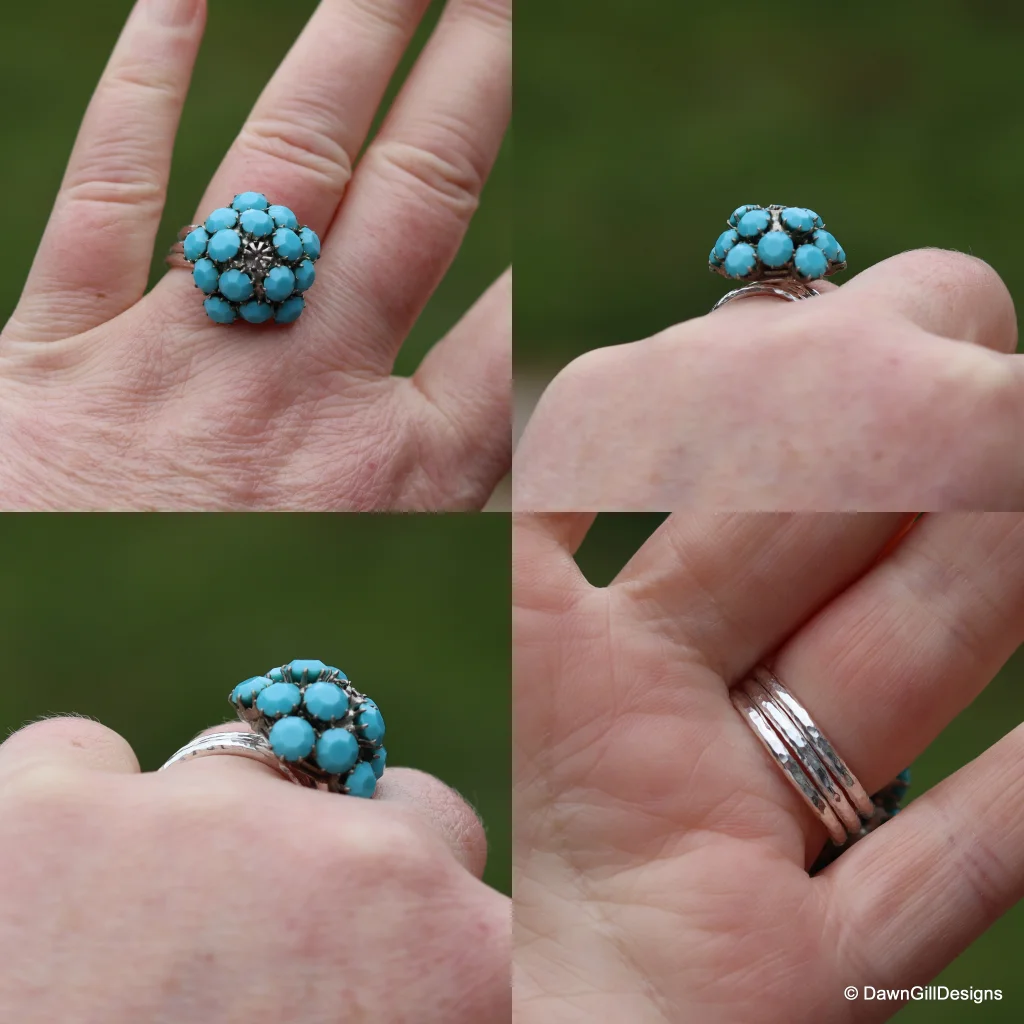This is a bit of a liberty with the scraphappy theme as I’m not sharing something I’ve made from scrap (it’s mostly been crocheted corals for The Snail Of Happiness this month) Instead I’m sharing something in an attempt to raise awareness. Poltimore House has an amazing history – with a central courtyard dating from early Tudor days of the 1550s, to an operating theatre from the early 20th century; it’s been a family home, a school, part of the local NHS (as recently as the 1970s) and a residential care home.
There was an arson attack in 1987 after which it was left to the elements and then in 2000 the slow and painful task of restoring it from scrap began. When I first saw the house there were plants growing from the windows. Since 2018 I have had the opportunity to exhibit my shinies at a number of events and I’m always amazed by the dedication and care that’s taken to restore the building and grounds sympathetically – proper lime plaster for example. It’s without a doubt the most atmospheric of the places I’ve had the privilege to spend time in, and it’s incredible how so much of it has stayed intact despite the lack of windows, roof and floors. In many of the rooms there’s original cornicing from the 1800s as well as the central courtyard and operating theatre.
One of the joys of being part of an event is knowing that my table fee isn’t just helping them to halt the decline, but it’s helping to ensure that heritage crafts and the specialist experts are still employed.
Last week some arsonists struck again and the house has again been ravaged. I’m sharing on Scraphappy day because this is the day that I get most traffic to my blog and there is very little I can do to try and assist with the raising of funds other than donate a little and help with the awareness campaign.
If you are interested you can read the Wiki summary of the property here: https://en.wikipedia.org/wiki/Poltimore_House visit the crowd funder here: https://www.crowdfunder.co.uk/p/poltimore-house-fire-appeal#start see the local news report about it here: https://www.itv.com/news/westcountry/2024-04-10/huge-fire-breaks-out-at-historic-manor-house-in-suspected-arson-attack?fbclid=IwAR2VnJqEKDKj43706W0gcObMd3JZVYVymlzLchqXbN7Q6TGWgPC6Wb7zV18
My photos aren’t very good at all so I’ve taken screenshots of some of the splendid ones taken by Paula Fernley Photography and shared by Poltimore House. I had the joy of setting up in the amazing courtyard this Christmas, and the video I took before opening is on my Instagram and Facebook pages on 19/11/23 : https://fb.watch/rrJRKsgqH0/



ScrapHappy is a group of bloggers, using their scraps in inventive and entertaining ways. There are lots of different disciplines, including quilt blocks, pincushions, bags, hats, socks or a sculpture. Anything made of genuine scraps is eligible to write about. If your scrap collection is out of control and you’d like to have the encouragement to convert them into something beautiful or useful, why not join in on the 15th of each month?
Email Kate at the address on her Contact Me page. You can also contact Gun via her blog to join.
Here are the links for everyone who joins ScrapHappy on occasion.
Kate, Gun, Eva, Sue, Lynda,
Birthe, Turid, Susan, Cathy, Tracy,
Jan, Moira, Sandra, Chris, Alys,
Claire, Jean, Jon, Dawn, Gwen,
Sunny, Kjerstin, Sue L, Vera, Edith
Ann, Dawn 2, Carol, Preeti, Debbierose, Nóilin, Viv, Karrin, Amo, Alissa, Lynn, Tierney and Hannah

























